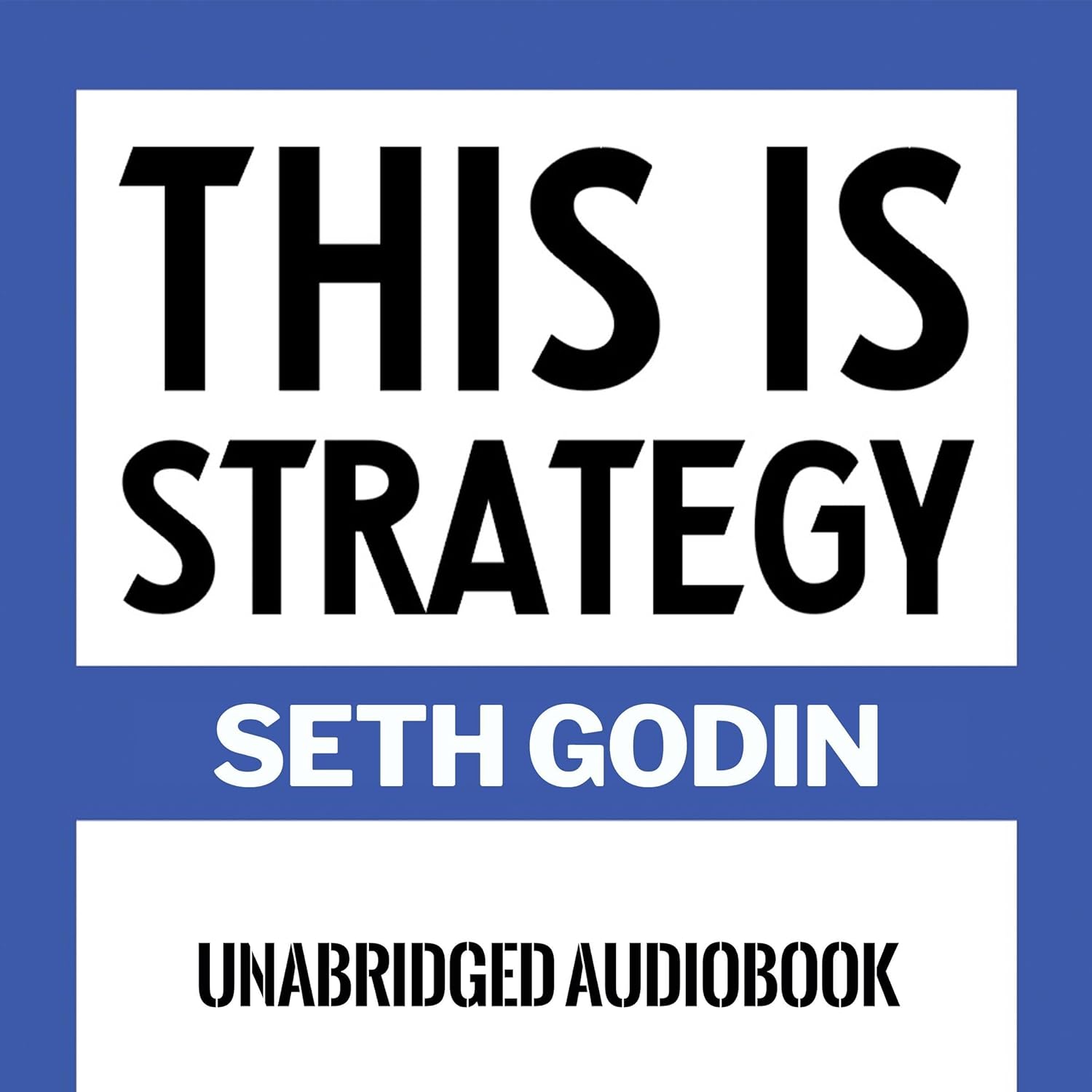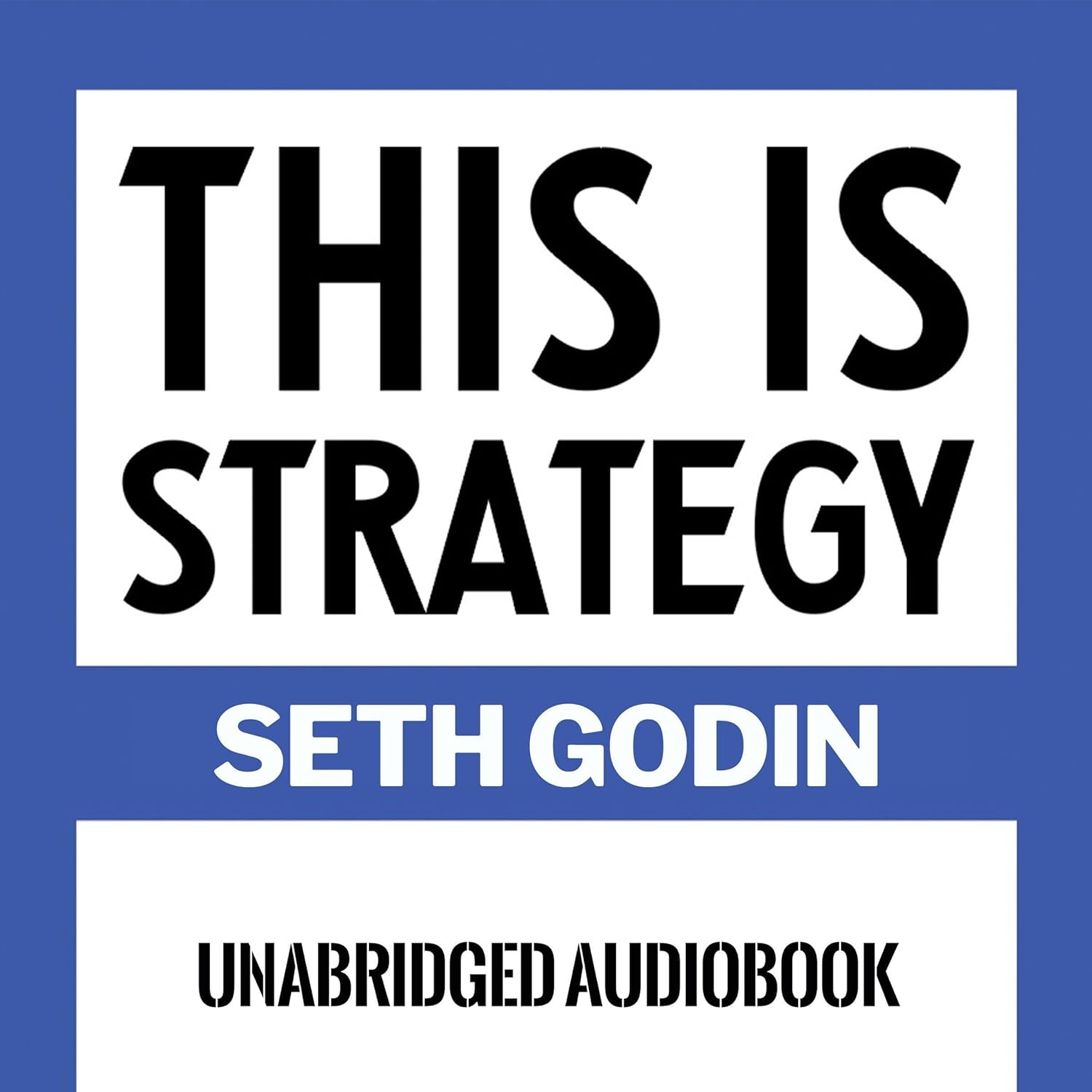I recently finished reading This is Strategy by Seth Godin, and it was a thought-provoking experience that I genuinely appreciated. As a reader who enjoys books that challenge conventional business wisdom, I was drawn to this title for its promise to reshape how we approach problems in an increasingly complex world. Godin’s reputation as a leading business thinker certainly influenced my decision to pick up this national bestseller.
From the onset, I appreciated Godin’s unique approach—he doesn’t provide a traditional step-by-step strategy but instead offers a series of reflections and insights that encourage deeper thinking. His assertion that “creating tomorrow by repeating yesterday is not a useful way forward” resonates deeply, especially in a world where adaptability is key. This sentiment is echoed by Ana Melikian, PhD, who highlights Godin’s nuanced understanding of systems and change. I agree that this perspective sets the book apart from typical business reads.
The book is structured in a rather unconventional way, which some readers might find disorienting. It’s not divided into chapters but instead comprises numbered sections that seem to float between topics. This aspect is a double-edged sword. On one hand, it facilitates ongoing dialogue and encourages reflection, but on the other, it can feel somewhat scattered and challenging to navigate, much like Erika A Klus noted in her review. I found myself flipping back to previous sections to get a clearer picture, which disrupted the reading flow at times.
One of the book’s major strengths is its actionable insights. For instance, the concept of identifying your "smallest viable audience" is a compelling strategy for anyone looking to focus their efforts more effectively. Godin’s advice to find people who already want to go where you’d like to take them is exceptionally practical and can shift one’s entire approach to marketing and influence. This aligns with the feedback from another satisfied reader who found the guidance refreshingly clear.
However, not all aspects left me feeling satisfied. The readability has been a point of contention, with some customers expressing difficulty in understanding the material. Personally, while I found many passages clear and straightforward, certain sections did require more concentration to grasp fully. Elaine Mikesell’s review resonated with me in this regard; some insights felt powerful yet vaguely presented, which led to moments where I had to work hard to maintain focus.
Despite these drawbacks, the book provides rich, thought-provoking content that blends well with its core messages about strategic thinking. The inclusion of metaphors, like surfing, allows Godin to illustrate complex ideas in a way that can be visualized and understood more easily. He effectively encourages us to pause and ask important questions before racing ahead, which is particularly valuable in our fast-paced, results-oriented culture.
Overall, my expectations going into This is Strategy were met, and I found it to be an important read for anyone looking to engage deeply with the challenges of modern decision-making and strategy formulation. The book empowers readers to step back and reassess their goals, which is crucial in an age of constant technological change.
In conclusion, I would recommend This is Strategy for its insightful reflections and fresh perspectives on strategic thinking, with the caveat that some readers may find its structure challenging. For those willing to navigate its nuances, this book can provide a compass for making smarter choices and generating impactful change—hence, my rating of 4 out of 5 stars.








